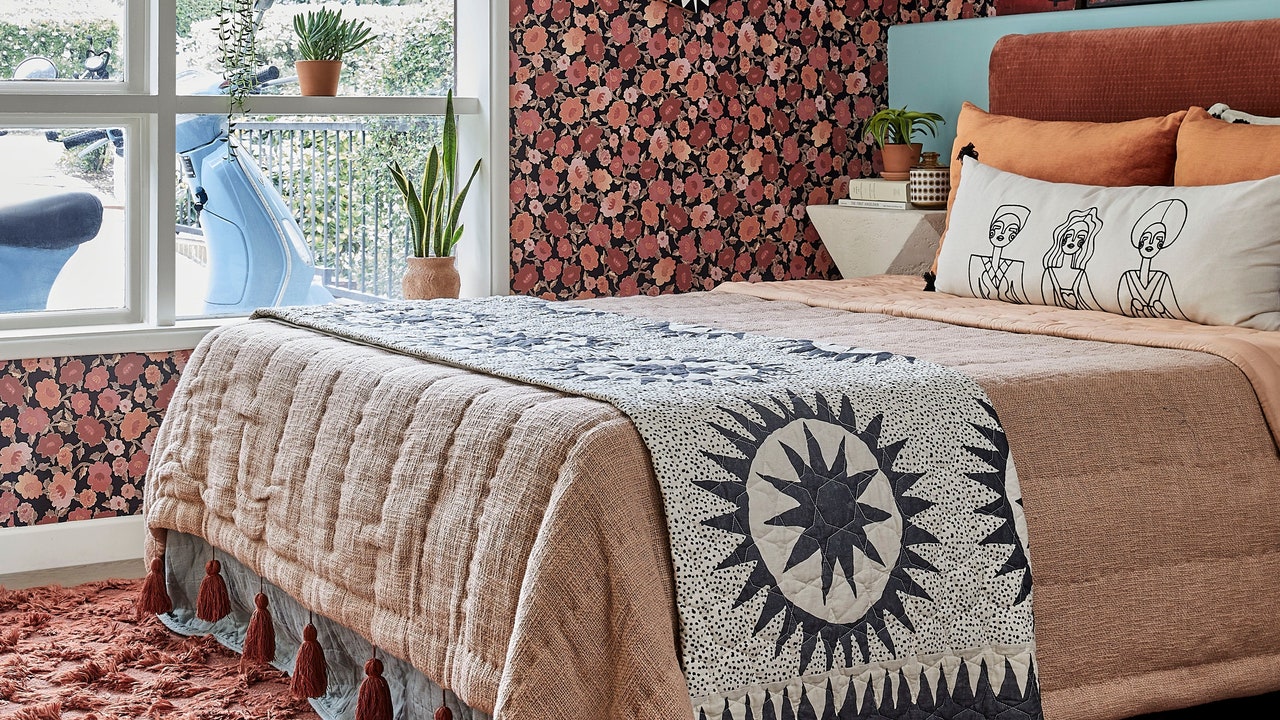We also considered Amazon return policies, trial periods, and warranties to determine if buying a mattress online would be just as convenient as purchasing one in person.
For more information on how we test mattresses, check out our sleep testing methodology.
What to Look for When Shopping on Amazon for a Mattress
Sure, it might be easy to go with the highest-rated or most popular mattress on Amazon, but consider a few additional factors to determine which mattress is right for you (spoiler alert: it may not be the crowd-favorite). Sleep is highly personal, and what might feel like the dream mattress to one buyer could end in a night (or many nights) of tossing and turning for you.
Luckily, there are a few details you can think about to help you find the right mattress on Amazon. Here’s how to find that perfect fit—and your best night’s sleep.
Materials
Mattresses are made with a wide range of materials. Depending on the mattress, you may find memory foam, cooling gel, cotton, latex, silk, bamboo, or a combination of materials.
Each material serves a unique purpose. For instance, cooling gel and bamboo offer breathability and temperature regulation to keep you from sweating at night. Meanwhile, memory foam helps a mattress contour to the shape of your body to provide support and targeted pressure relief. People with allergies or sensitivities to certain materials also gravitate toward latex, which is naturally hypoallergenic.
No one material is better than the other, but many buyers tend to seek out mattresses with cooling or contouring materials. Consider your goals for a new mattress (for example, do you sleep hot?) to determine which materials will help bring you some quality shut-eye.
Firmness
Most mattresses come with one of three levels of firmness, such as soft, medium, or firm, or a combination like medium-soft or medium-firm. Depending on the brand, these firmness levels may have different names (such as “plush” for soft), but all generally serve the same purpose.
The firmness of a mattress is essentially the support it provides, so think of soft mattresses as the least supportive and firm mattresses as the most supportive. Back sleepers tend to gravitate toward the firmer side for more lumbar support while side sleepers may like something softer.
Sleep Position
Like firmness, sleep position is a personal preference that ultimately determines what type of mattress feels most comfortable to you. If you’re a side sleeper, seek out a mattress with good hip support. Meanwhile, back sleepers may like the targeted lumbar support offered by memory foam (or a hybrid mattress, which blends innerspring with memory foam).
If you prefer to sleep on your stomach, consider steering away from a mattress that’s too plush, which may cause your stomach and hips to sink into the bed, causing discomfort or soreness.
Cooling
Cooling is a key feature many mattress shoppers seek. We’ve all been there—tossing and turning all night because it’s just too hot to sleep. Cooling features help prevent body heat from getting trapped in the mattress while also increasing ventilation. Some of the materials we mentioned above, such as cooling gel, cotton, and bamboo, are naturally breathable. Some mattresses are also infused with copper, which helps disperse heat.
Edge Support
Edge support is an often-overlooked mattress feature, but it can have a significant impact on your sleep quality—especially if you’re sharing your bed. To find a mattress with strong edge support, look for features like reinforced coils along the sides of a mattress. Also keep in mind that the top layers of softer beds tend to sink deeper along the edges than medium or firm beds. If you share a smaller-than-ideal bed or hug the edges of your bed while sleeping, opt for a mattress that’s as firm as your comfort allows.
Trial Period and Warranty
A mattress is often a lofty investment, so it’s important to seek out a mattress with a generous trial period and warranty. After all, it can take several weeks—or even months—to fully break in a mattress, so there’s a good chance your mattress won’t feel the way it’s designed to right out of the box (or delivery truck). Trial periods vary from brand to brand but can range from 30 days to a full year.

